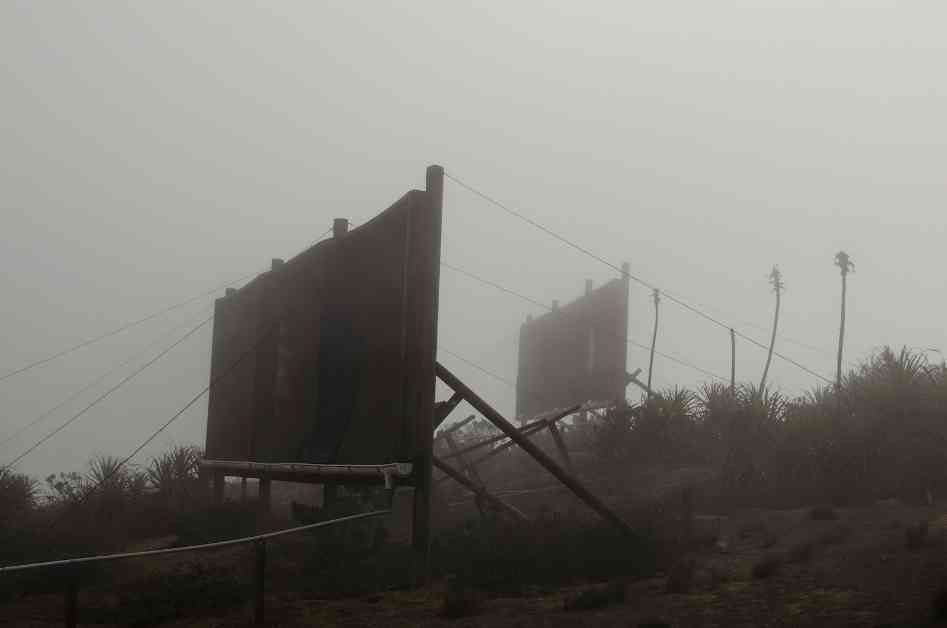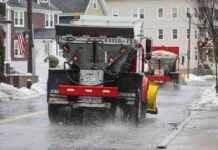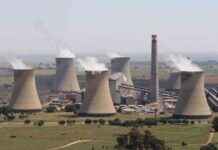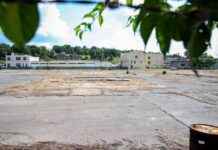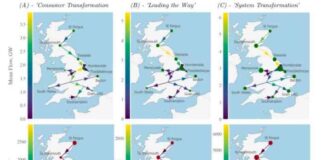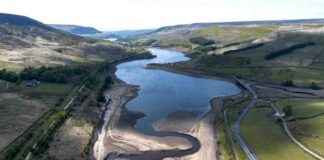Alto Hospicio, a city in Chile’s Atacama Desert, faces severe droughts due to the lack of rain in over 10,000 years. However, an innovative solution involving fog collectors could potentially alleviate the water crisis. Recent research suggests that deploying fog collectors in the mountains around Alto Hospicio could yield an average of 2.5 liters of water per square meter of netting each day. These collectors, consisting of fine mesh stretched between poles, could provide a sustainable source of water for the city’s growing population of 140,000.
Harnessing the Power of Fog Collectors
The concept of fog farming is simple yet effective, as fog is essentially a cloud that reaches the ground, containing tiny water droplets that can be harvested. By utilizing fog collectors, communities across South America, Africa, and Asia have been able to extract water from fog, offering a unique alternative to traditional water sources. Although fog farming has proven to be successful on a small scale, its widespread adoption has been limited by various factors, including the availability of rainwater and the need for constant maintenance of the collectors.
Virginia Carter Gamberini, a geographer and assistant professor at Chile’s Universidad Mayor, emphasizes the cost-effectiveness of fog collectors compared to pumping water from underground sources. She highlights the potential of this technology to provide a reliable and affordable water supply for regions facing water scarcity. Gamberini’s research sheds light on the benefits of fog harvesting in diversifying water sources, especially in areas like Alto Hospicio where aquifers are no longer being replenished by rainfall.
Overcoming Challenges and Embracing Fog Harvesting
Despite the promising prospects of fog farming, challenges remain in its widespread implementation. Daniel Fernandez, an environmental scientist at California State University, Monterey Bay, acknowledges the economic complexities associated with fog collection. While water remains inexpensive in regions with established water infrastructure, the economics of fog harvesting may become more favorable in water-scarce areas as climate change exacerbates drought conditions.
Robert S. Schemenauer, executive director of FogQuest, highlights the technical considerations involved in deploying fog collectors, particularly in densely populated urban areas. He emphasizes the need for secure anchoring to withstand wind loads, which could pose challenges in cities with limited space for installation. However, the potential benefits of fog collection extend beyond drinking water, with opportunities for hydroponic farming that could enhance food security in arid regions.
In the United States, fog collectors have also garnered interest among researchers and gardeners seeking sustainable water solutions. Peter Weiss, an atmospheric chemist at the University of California, Santa Cruz, has explored fog collection in Pacifica, demonstrating its viability in sustaining plant life without excessive water usage. Weiss envisions extending fog harvesting to vineyards in California as a more water-efficient approach to agriculture, emphasizing the transformative impact of fog as a valuable water resource.
As communities worldwide grapple with the escalating impacts of climate change and dwindling water supplies, fog farming presents a compelling solution to mitigate water scarcity and promote sustainable development. By harnessing the power of fog collectors, cities like Alto Hospicio have the opportunity to secure a reliable water source for future generations, paving the way for innovative water management strategies in the face of environmental challenges.

